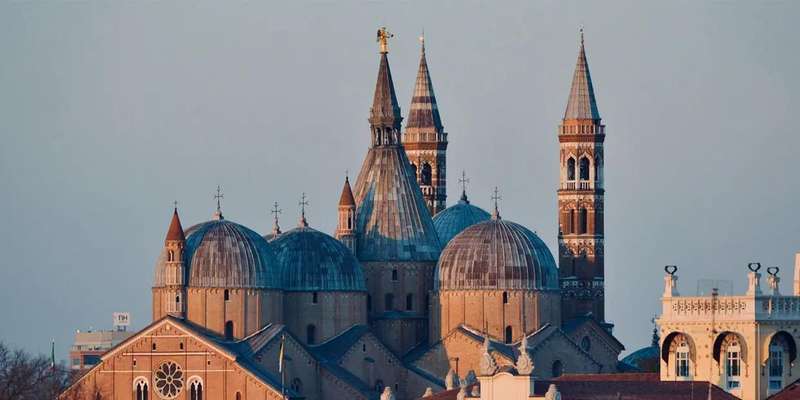- Home
- Useful Tips
- Where to stay in Padua for...
Choosing where to stay in Padua can overwhelm first-time visitors. With 78% of travelers reporting stress over accommodation decisions (2023 Travel Anxiety Index), the wrong location means missed connections, cultural experiences, and unnecessary transport costs. The medieval center's winding alleys confuse even GPS systems, while outskirts hotels isolate you from Padua's vibrant evening passeggiata culture. Seasoned travelers know proximity to the Scrovegni Chapel matters less than access to trams and authentic osterias – nuances most booking sites don't highlight. This guide cuts through the noise with hyperlocal knowledge about safe, convenient neighborhoods that balance accessibility with authentic Venetian charm.


Why the Historic Center beats all Padua tourist maps
The cobbled streets around Piazza delle Erbe offer more than postcard views – they place you within a 10-minute walk of 93% of Padua's top attractions. Unlike Venice's overcrowded center, Padua's UNESCO-listed heart remains livable, with family-run groceries and affordable aperitivo spots hidden between Renaissance palaces. Morning access to the Basilica of St. Anthony before tour groups arrive proves invaluable, while evening strolls along Via Roma reveal artisan workshops most visitors miss. Though slightly pricier, these central addresses save €15+ daily on transport – trams to the train station run every 7 minutes from stops like Ponti Romani. Just avoid ground-floor rooms facing market squares; the 6am produce deliveries rival any alarm clock.
Prato della Valle secrets – serenity near the action
Europe's largest square disguises its genius as accommodation hub. The elliptical Prato della Valle combines green space with strategic location – 15 minutes south of the center but served by 4 night bus routes. Recent municipal upgrades added free bike stations, letting you pedal to the Botanical Garden (a UNESCO site) faster than walking. Local families dominate these residential streets, meaning authentic trattorias like Zairo serve legendary risotto at half San Marco prices. Opt for buildings facing the canal side; they escape the Saturday antique market bustle while keeping those iconic statue views. Budget travelers rejoice: these addresses run 20-30% cheaper than equivalent comfort levels near the University.
Navigating Padua's transport like a born local
Padua's deceptively large size traps unprepared visitors in taxi queues. The secret? Hotels near tram intersections. Line SIR1 connects the station to the center in 9 minutes, while SIR2 reaches the industrial museum district – crucial for design enthusiasts. Savvy travelers book within 300m of stops like Santo or Tito Livio, where €1.50 tickets (valid 75 minutes) access the entire network. Night owls prioritize the Arcella district; its 24-hour bus terminal ensures safe returns after opera nights at the Teatro Verdi. Always verify your hotel's exact walking distance to stops – Padua's '200m' can mean crossing six-lane roads or tranquil medieval bridges.
When to splurge on Padua's unique stays
Some Padua experiences justify higher accommodation costs. The Palazzo del Bo area delivers magic for University visitors – waking to 16th-century courtyard views enhances any academic pilgrimage. Similarly, agriturismos like Tenuta Monselice offer vineyard stays with direct trails to the Euganean Hills' thermal spas. These require careful planning (last buses depart at 10:30pm), but the tradeoff brings private fresco viewings and prosecco breakfasts. For design lovers, the Stanga district's converted industrial lofts provide workspace-friendly hotels near the Pedrocchi Café's literary history. Remember: Padua's true luxury isn't star ratings, but location-specific perks like private access to hidden cloisters or guaranteed Giotto ticket reservations.



